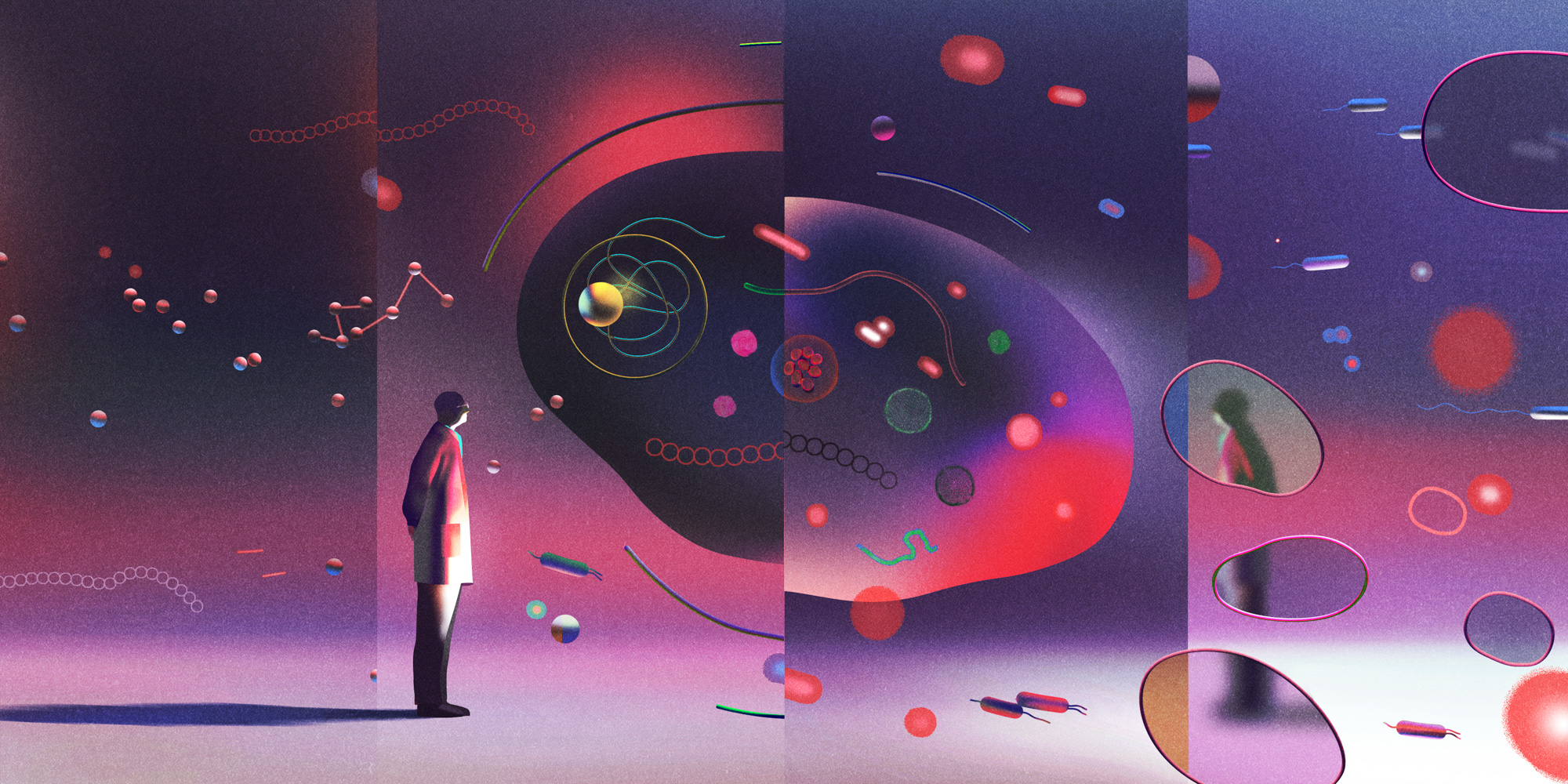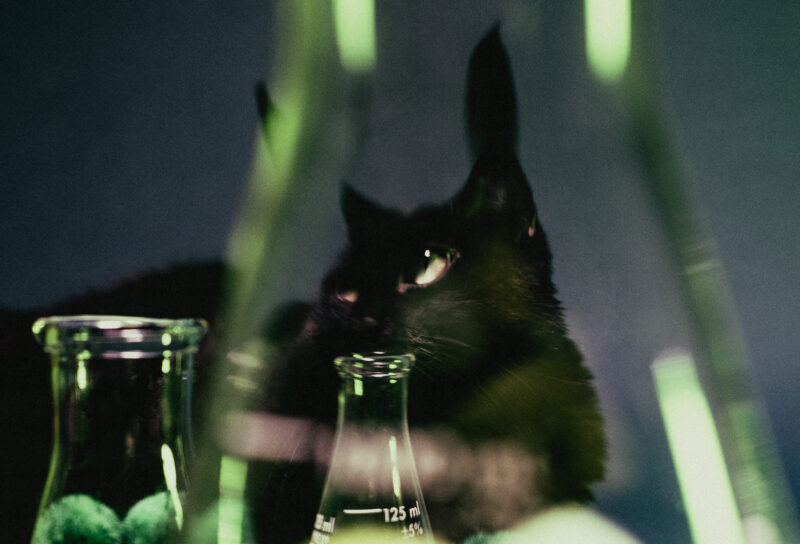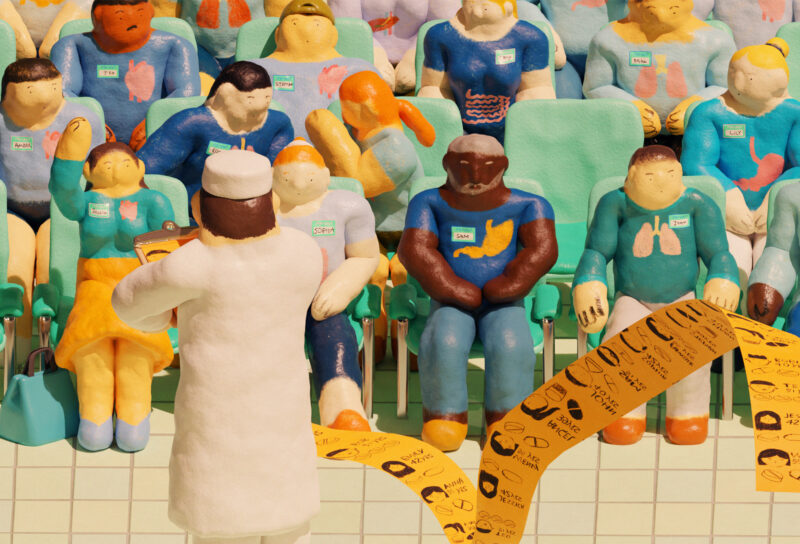Humans have long challenged the natural limits of our presence — we’ve cloned animals, spliced and rewritten DNA, and laid the groundwork to bring back extinct species. But one milestone has remained elusive — the ability to recreate what we call life. Until, perhaps, now.
Synthetic biologists, like the University of Minnesota’s Kate Adamala, are working to reverse engineer real cells to make artificial ones. The goal is to create a fully functional cell that can be reprogrammed and manipulated to perform all kinds of functions. Biologists who study artificial cells forecast them doing everything from delivering drugs inside the body to removing toxic metals from the environment. “We’ll be able to control biology on a level that we were never able to do before,” says Adamala. “We can explore biomedical and metabolic applications that are inaccessible right now for natural cells.” These artificial cells could reshape how we do medicine, and indeed how we think about it.
Multi-functional Cells
Scientists have yet to recreate a fully functional cell. But they’ve certainly tried. Past work on synthetic cells have used fatty acid bubbles called liposome droplets. However, according to N. Amy Yewdall, a biochemist who researches protein-based artificial organelles at Radboud University, these droplets have a hard time carrying cellular organelles. For those organelles that do make it in, they need to be organized in a specific place for reactions to occur — complicating matters further.
A recent study published last fall in Nature took a different approach, and their unorthodox method may be the closest yet to building a fully operational synthetic cell. Senior author Stephen Mann and his team opted to take a “short-cut” from designing a cell by scratch. Their approach focused on tearing down preexisting cells and morphing what remained into a brand-new one.
Creating a living being from scratch is difficult. A cell is home to a complex system where every organelle must work together to sustain life. To engineer artificial life in a test tube, scientists will have to engineer lots of different functionalities together that might not exist in nature along with the ability for the cell to sustain basic life functions. “One of the most underlying and necessary reactions that have to occur would be to get from DNA to RNA to proteins,” says Yewdall. “In order to do this, you need a compatible system” — one where all the organelles and other cellular parts work together to sustain cellular function such as making proteins, energy, and transporting nutrients.
To start, they created the base of the artificial cell: blobs of fluid. They fused together polymers and ATP to create empty liquid droplets made of synthetic polymers in water. These droplets act as a blank slate that becomes more complex as more cellular components are added on.
The team designed the synthetic cells using two bacterial species, Escherichia coli and Pseudomonas aeruginosa. Both bacteria were exposed to the empty droplets in liquid solutions. One bacterium was captured inside the droplets and the other stayed outside the surface. Because the two bacterial species localized in separate areas, the droplets formed different membrane structures.
Lysozyme, an enzyme found in saliva that cuts through bacterial cell walls, and a polypeptide called melittin were then added to split open the cell membranes. Once the membranes opened up, the cellular components inside the bacteria leaked out. The content was quickly scooped up by the droplets, now a part of the synthetic cells. Yewdall compares the process to sticking Lego pieces together. “You’re putting different bacteria together, popping them and using their insides to create different forms and combinations.” The result is a membrane-coated artificial bacterial cell with molecular machinery you would find in a real cell.
While the microdroplets looked like cells, did they act like them too? Turns out, the proteins and other internal structures in the synthetic cells could still perform functions such as glycolysis to produce the energy-carrying molecule ATP. Mann’s team also showed signs of gene expression to make RNA and a small amount of proteins.
A New Personalized Medicine
To make their artificial protein factories even more lifelike, the researchers inserted a second E. coli inside that acted as a mitochondria for long-term ATP generation. Interestingly, the bacterial insertion morphed the cell into an amoeba-like shape — a reflection of the bacteria blending in to create a cellular bionic system.
Although the synthetic cells created in the study don’t have all the properties of a living cell, they are the closest mimics. The results showed synthetic cells could pack up to seven different functionalities into one platform, potentially leading the research field in a whole new direction for designing future cells. “The paper is a really important milestone, but the work is not done yet,” says Adamala. “It still uses components of a natural living cell, which means we don’t fully understand how to recreate it [from scratch]. The goal of building a synthetic cell is to build something that’s fully controllable and understandable.” At the very least, the technology designed in the study can work as a template for follow-up experiments, including creating more complex compounds in the future.
Adamala is optimistic that scientists will create a fully synthetic cell in the next five years. Yewdall adds that you’ll need a fantastic imagination that borders on sci-fi to think of all the possibilities of how to use them.
For example, synthetic cells could help create a world of personalized medicine. Drug companies could test their products on protein-based droplets with an individual’s biological material. In this case, the artificial cell could serve as a microscopic stand-in — a sort of avatar — that helps simulate how the drug would affect that person. Alternatively, synthetic cells could act as a vehicle for delivering small doses of drugs in the body. There is already synthetic cell research looking at their effectiveness in shrinking cancerous tumors and growing blood vessels. Another problem artificial cells can tackle is plastic pollution. Adamala says synthetic cells can be engineered to have the metabolism to decompose plastic and petrochemicals that would otherwise be toxic to natural cells.
Since artificial cells do not evolve or divide, they are predictable models that can be studied under isolated and controlled conditions. Researchers can study primitive chemical signaling and processes more intimately, which makes synthetic cells a perfect tool for understanding the origins of life. Additionally, recreating a cell means knowing what parts and machinery are necessary to sustain life, and could give some insight into what kickstarted life as we know it.
“There’s all these ideas floating around that people are finding it hard to do with [natural] cells,” says Yewdall. “Maybe we can bridge that gap starting with a cell in a test tube.”



